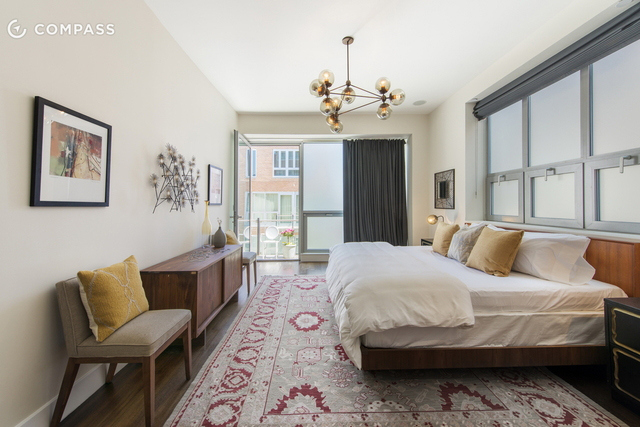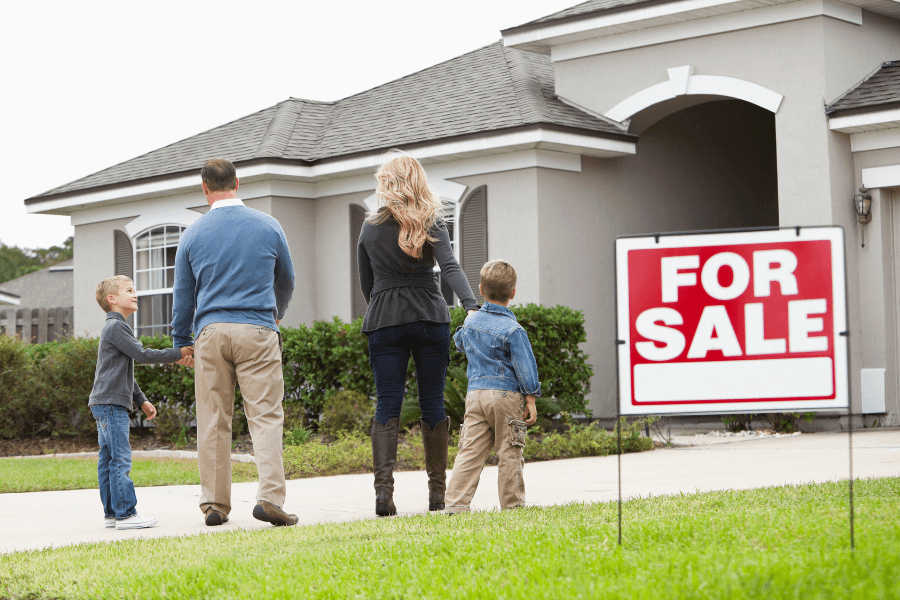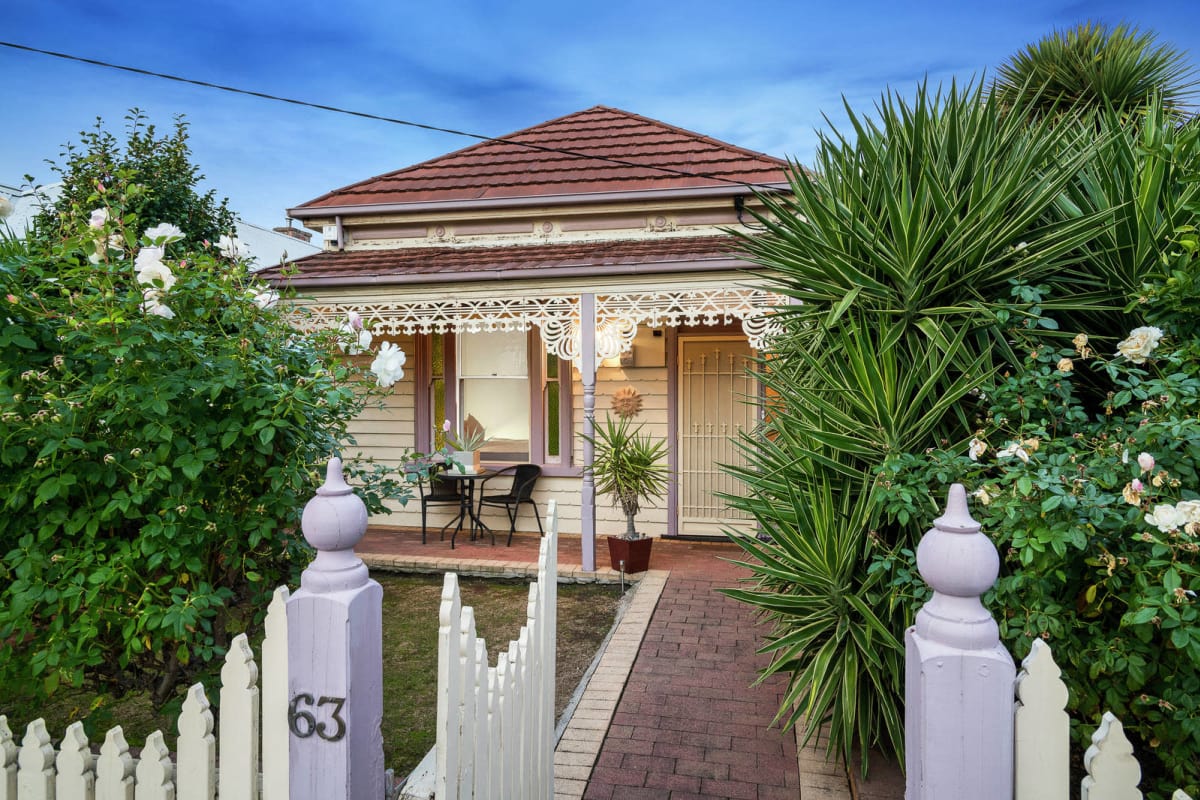So we don’t all live in a grand, family-sized home (we don’t all want to!), but when selling a small apartment, exactly the same principles apply – buyers want functional, usable living spaces that they can enjoy every day; where they can entertain family and friends. They love great outdoor spaces. They want rooms that feel spacious and light, well-loved and well-presented. Specifically, apartment buyers are also looking for privacy. And, of course, they will pay more for any or all of these things.
When selling an apartment, you also need to remember that there may be others exactly the same as yours for sale at exactly the same time. Why would someone buy your apartment rather than the one upstairs? Or the one that’s really similar right across the road?
By considering the furniture layout carefully and styling it well, you can have a dramatic impact on your buyers’ perception of value and its bottom-line sales result. Here’s how you can create a lot of extra space and impact that will make your apartment the one that stands out.
Topics in this article:
1. Create impact with colour
Styling apartments for sale always has a couple of very specific issues: 1. You need to make your apartment the one that stands out from its many similar competitors also on the market, and 2. Apartments are often designed for broad appeal, and as a very neutral ‘backdrop’. Sometimes they are so generic they can border on bland if they are also filled with very neutral furniture and accessories.
So if your apartment lacks great architectural features or detail, it’s important to add some drama, interest and warmth by adding a few key signature pieces – furniture, art, lamps and cushions. And don’t be scared to add colour, shape and texture – you want to be way more memorable than ‘all-beige’, after all.
2. Simplify living spaces
Show your buyers clearly defined living spaces (living room, dining room, study nook, outdoor living, etc.), rather than a jumble of assorted furniture pieces. A simple, well-planned layout flows and ‘makes sense’ to buyers, but more importantly, creates more visual floorspace, making the area feel larger.
3. Use the 80:20 colour rule
Another great rule for creating the illusion of more space is to use a neutral colour for all of the larger furniture pieces. This is the 80 per cent, and provides the perfect canvas to then add small pops of colour (the 20 per cent). Add colour using cushions, throws, smaller signature furniture items, lamps and accessories.
4. Make your sofa ‘disappear’
You can take the 80:20 colour rule one step further…
A great styling trick to make rooms feel larger is to use a neutral coloured sofa that is the same as the wall colour behind it. It almost seems to ‘disappear’. From a theoretical point of view, when there’s little contrast, your eye is able to move through a room uninterrupted, which creates the illusion of additional space. So you can still showcase a lot of lounge seating (great selling feature!), but without it dominating the space.
5. Use lightweight furniture
If possible, remove any oversized, heavy pieces of furniture. Instead opt for low-profile sofas with legs, chairs without arms, glass dining tables and/or coffee tables and consoles in the entry (rather than heavy chests of drawers).
BONUS TIP: Don’t be tempted to believe the myth that pushing all your furniture hard up against the walls will make your rooms feel larger! Placing a couch even a few inches away from the wall creates more ‘breathing room’ and more visual space.
6. Repaint dark walls
I actually love dark walls … BUT they usually aren’t the best option for selling an apartment. The problem with dark colours is they can make walls appear to close in and are especially confining in small rooms. Some buyers will obviously love them too, but the majority will not. So light colours are a wiser choice. Simply re-paint any dark or feature walls with light colours to make the walls appear to recede, creating a bright and airy feel.
7. Don’t use contrasting colours on the floor
An area rug will add warmth and softness to your room, but use rugs that are a similar tonal value to the floor, rather than a strong, contrasting colour or pattern, to make the room feel larger. It’s better to keep your buyers’ attention focused at eye level on the room itself (and any great views beyond!) rather than on the floor.
8. Upscale the balcony furniture
By maximising your balcony, you can create another valuable living space, so do not skimp on this key area.
Use furniture as bold and large as possible (rather than a couple of plastic folding chairs in a corner) as it will really make the balcony feel grand and impressive. As long as you keep a clear walkway around the furniture (1-1.5m), this trick will definitely make your balcony feel larger.
9. Add reflective surfaces
Mirrors are the perfect addition to small spaces as they amplify the available light and space to create an expansive feeling. But also consider adding other reflective elements like mirrored bedside tables, lamps … or crystal, silver and glass accessories.
10. Use bold artwork and accessories
Large, bold artwork will actually open up a small room (again, this can be counter-intuitive, but it works). Avoid scattering smaller prints around the room, as they will look too busy and chaotic in a small space.
The same applies to accessories. Keep it simple. Pack away most of your knick-knacks and collectables and save them for your next home. To keep an open feel, it’s far better to pick a few, bold items and display them in a creative way.
For more tips on prepping your home for sale check out dos and don’ts of house plant styling, must-dos for a successful open house and use Australia’s favourite furniture styles to sell your house.
This article was originally published on Houzz.com.au. Read the original article here.
Written by:
Deb Lindner is a Houzz contributor and began her design career at age nine, when she told her mother that her lilac walls really did NOT match her olive green carpet, and things needed to change. Ever since that day Deb has been designing everything with a passion. She worked as a graphic designer for 16 years in Melbourne (working with multinational companies on ‘big brand’ packaging). Her clients included Gillette, Kraft, Cussons and Orlando Wyndham. In 2008 Deb was looking for a new challenge and discovered the wonderful world of property styling – and Mink Home Staging was born. Then in 2011 she founded The Australian Institute of Home Stagers. She lives in Brisbane (in a Queenslander of course) with her husband, 2 kids and an assortment of pets.













Awesome tips. First impressions last and the first thing most people notice when entering the room is how colours are mixed and matched. A wise use of certain colour combinations can certainly make a room appear big. Great post!